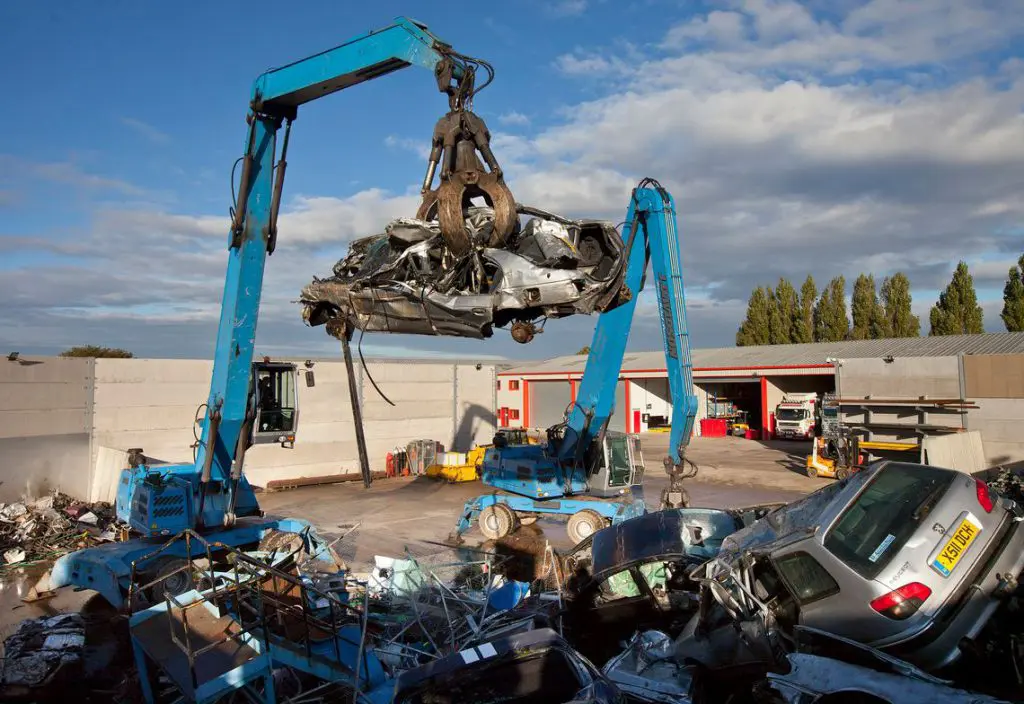Worldwide – Chinese finished steel exports declined ‘dramatically’ from an average of 9.5 million tons a month in the first half of 2016 to nearer 6.9 million tons per month in the opening quarter of 2017. As a result, the electric arc furnace sector in South East Asia ‘has finally increased the utilisation of its furnaces and is now able to import ferrous cargoes’, explains William Schmiedel of Sims Group Global Trade Corporation, president of the BIR world recycling organisation’s ferrous division.
The more recent reduction in Chinese steel values has also impacted all markets across Asia and ‘prices for finished steel in almost all countries have softened’, it is also noted in the division’s latest world mirror.
The publication also points to reports of some Chinese exports of scrap into India and Bangladesh, with HMS being sold at around US$ 265 per tonne.
Meanwhile, the US scrap market appears to have ‘found its footing’ in 2017 on healthy domestic demand and a good balance of US scrap supplies. Capacity utilisation is running at just under 75%, after hovering in the low to mid 70s during the first quarter of 2017.
New steel demand in the USA has been bolstered by a strong automotive industry, as well as a ‘supportive’ oil sector. Fuelled partly by elections and ongoing Brexit discussions, there is still considerable market uncertainty in Europe and the high volatility levels of the last few months are expected to continue.
However, demand for scrap ‘remains firm’ in most areas, particularly for low-residual supplies. Buyers in India returned to the bulk scrap market in March/early April, with five or six cargoes booked after a gap of four to five months. In Japan, meanwhile, the domestic market is expected to be dragged lower by developments in overseas markets – but not too far below current levels ‘as steel product demand will increase for the summer’.
For Russia, high freight costs, a stronger ruble and the impact of winter on scrap collections have conspired to impair export activity. Scrap shipments out of Ukraine, meanwhile, continue to be adversely affected by the Euro 30 per tonne tax introduced in September 2016 which, it is rumoured, could be extended beyond the year it was initially envisaged to remain in place.
Chinese consumption of steel scrap climbed 8.2% to 90.1 million tonnes last year – a volume greater than that used by any other country worldwide and the highest level recorded by China since the 91 million tonnes of 2011, according to the latest ‘World Steel Recycling in Figures’ publication compiled by the BIR ferrous division’s statistics advisor Rolf Willeke.
The proportion of scrap used in China’s steel production increased from 10.4% in 2015 to 11.1% the following year even though the country’s scrap imports slid 7.1%.
Overall, steel scrap usage in world steel production edged 0.9% higher last year to around 560 million tonnes from 555 million tonnes in 2015. Unlike China, Turkey upped its overseas steel scrap purchases last year – by 9% to 17.716 million tonnes – to cement its position as the world’s foremost steel scrap importer.
Global external steel scrap trade – including internal EU-28 trade – amounted to 89.2 million tonnes last year for a 1.1% increase over 2015.
The EU-28 remained the world’s leading steel scrap exporter in increasing its outbound shipments by 29.4% to 17.807 million tonnes.
This article is based on the latest ferrous world mirror produced by the BIR world recycling organisation for the benefit of its members.
Don't hesitate to contact us to share your input and ideas. Subscribe to the magazine or (free) newsletter.



